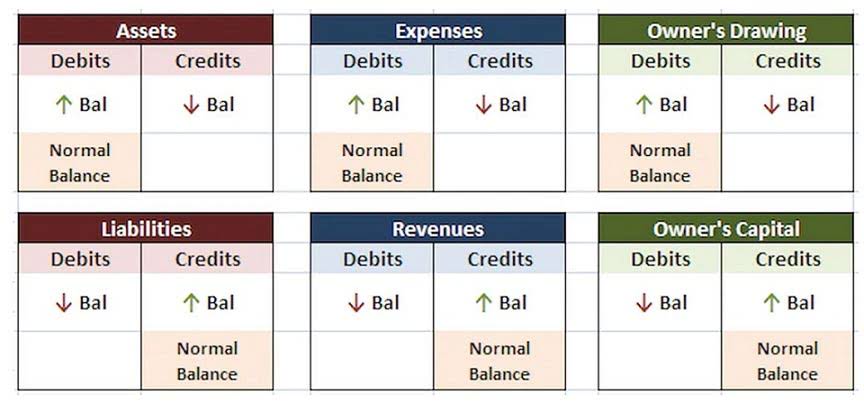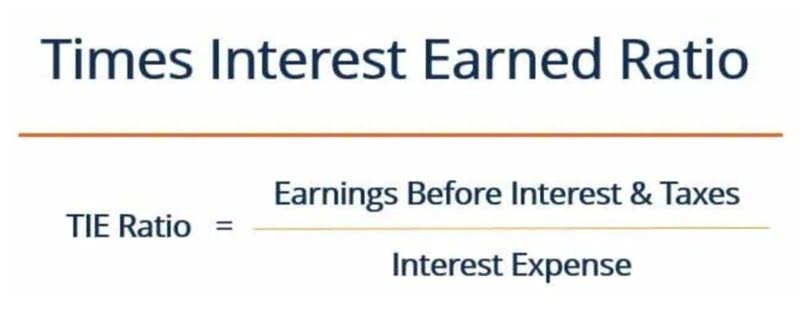
Non-controlling interest, also known as minority interest, represents the portion of the equity in a subsidiary not owned by the parent company. Recognizing and disclosing this interest separately in the consolidated financial statements is important. Intercompany transactions refer to sales, purchases, loans, or Online Accounting other financial activities between the parent company and its subsidiaries. These transactions must be properly accounted for and eliminated to prevent double counting in the consolidated financial statements. The next step is to collect the financial statements of the parent company and its subsidiaries. These statements include the balance sheet, income statement, statement of cash flows, and statement of changes in equity.
Using the Standards

Any minority interest (stock not owned by the mother company) is to be disclosed and accounted for separately. For example, company A buys goods for one price and sells them to another company inside the group for another price. Thus, company A has earned some revenue from selling, but the group as a whole did consolidated account meaning not make any profit out of that transaction. Until those goods are sold to an outsider company, the group has unrealised profit. With the help of consolidation, the group can better see how it is positioned financially. This enables it to better plan its group-wide activities and strategically align its business.
What are the benefits of consolidated financial statements?
All like transactions and similar events should be accounted Record Keeping for Small Business together using the same set of accounting policies. In May 2011 the Board issued IFRS 10 Consolidated Financial Statements to supersede IAS 27. IFRS 12 Disclosure of Interests in Other Entities, also issued in May 2011, replaced the disclosure requirements in IAS 27. IFRS 10 incorporates the guidance contained in two related Interpretations (SIC‑12 Consolidation‑Special Purpose Entities and SIC‑33 Consolidation).
New: The 2025 Gartner® Magic Quadrant™ for Financial Close and Consolidation Solutions
Consolidation accounting is a must-have practice for companies with subsidiary entities. It involves combining the financial statements of the parent company and its subsidiaries to provide a comprehensive view of the group’s financial performance. The consolidation method of accounting, governed by rules such as GAAP and IFRS, ensures accurate and meaningful financial reporting. These statements are comprehensively combined by the parent company to final consolidated reports of the balance sheet, income statement, and cash flow statement. Because the parent company and its subsidiaries form one economic entity, investors, regulators, and customers find consolidated financial statements helpful in gauging the overall position of the entire entity. In other words, consolidated financial statements combine the financial statements of separate legal entities controlled by a parent company into one for the entire group of companies (Rathore, 2008).


Consolidation accounting is the combining of financial reports of subsidiary companies with that of their parent company. Here, the subsidiaries are branches of the parent company where the parent owns at least more than half of its ownership. Inter-company transactions are eliminated during the consolidation process to prevent the overstatement of revenue, expenses, or assets. For example, if one subsidiary sells goods to another, the transaction is recorded as both revenue for the seller and an expense for the buyer. In the consolidated accounts, these internal transactions are offset against each other to reflect only activities with external parties.
- In the consolidated balance sheet, minority interests are shown as a separate line item within equity, reflecting the portion of the subsidiary’s net assets that are not owned by the parent company.
- However, it is mandatory for joint-stock companies and other companies that receive capital from investors.
- The consolidation pattern in price movements is broken upon a major news release that materially affects a security’s performance or the triggering of a succession of limit orders.
- Consolidated financial statements include the aggregated financial data for a parent company and its subsidiaries.
- Our mission is to empower people to make better decisions for their personal success and the benefit of society.
- Consolidated accounts combine the financial statements of separate legal entities controlled by a parent company into a set of financial statements for the entire group of companies.

Switching may also raise concerns with investors or usher in complications with auditors, so filing consolidated subsidiary financial statements is usually a long-term financial accounting decision. There are, however, some situations where a corporate structure change may call for a changing of consolidated financials, such as a spinoff or acquisition. Private companies usually decide to include their subsidiaries on an annual basis.

Consolidation accounting rules
- A parent company and its subsidiaries generally use the same financial accounting framework for preparing both separate and consolidated financial statements.
- David is comprehensively experienced in many facets of financial and legal research and publishing.
- As an Investopedia fact checker since 2020, he has validated over 1,100 articles on a wide range of financial and investment topics.
- There are, however, some situations where a corporate structure change may call for a changing of consolidated financials, such as a spinoff or acquisition.
Consolidated financial statements include the aggregated financial data for a parent company and its subsidiaries. Private companies have more flexibility with financial statements than public companies, which must adhere to GAAP standards. If a parent company has 50% or more ownership in another company, that other company is considered a subsidiary and should be included in the consolidated financial statement.